Content
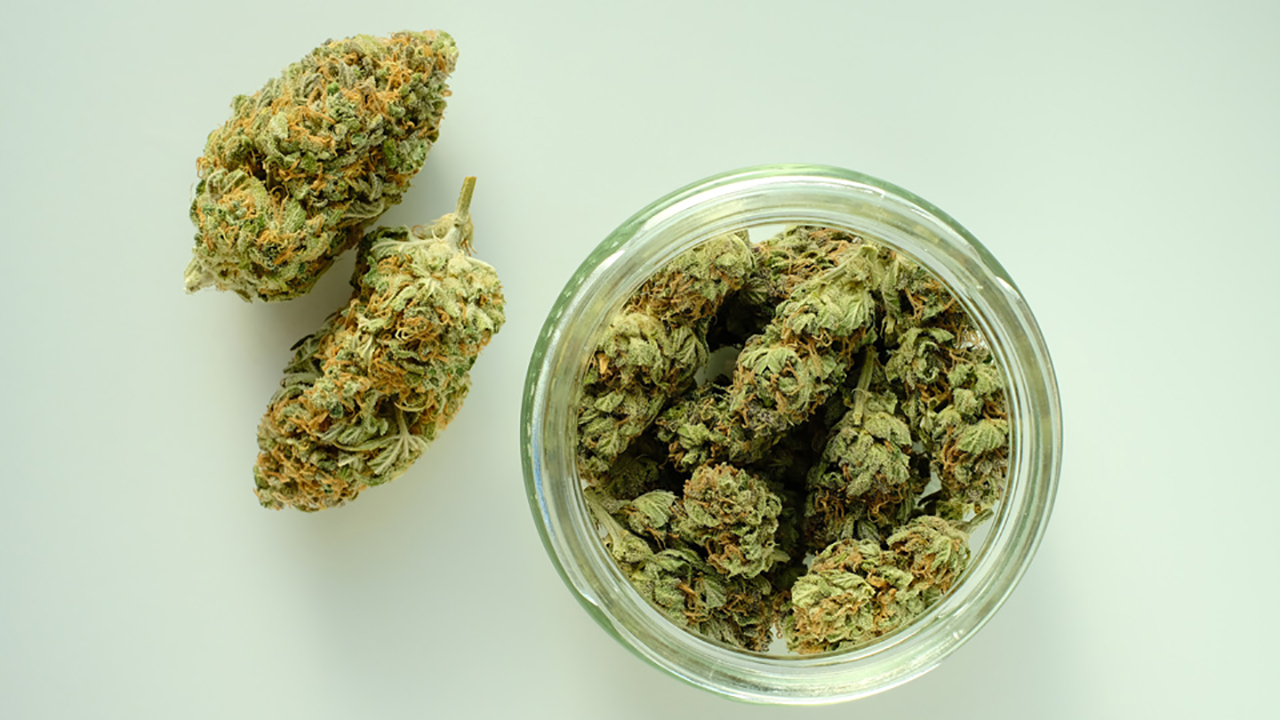
Cannabis variety genetics
The genetics of the cannabis strain is one of the most important factors affecting the number of buds on the plant. Different cannabis varieties have their own characteristics in terms of growth, shape, size and density of buds.
Sativa
Sativa are known for their tall stature and narrow leaves. These plants can reach a considerable size, often exceeding 2-3 meters in height. Sativas have much more room to form buds, as the plant tends to develop long lateral branches on which numerous inflorescences appear. Thus, sativas, under the right conditions, can produce quite a large number of buds, although they may not be as dense as other types of cannabis.
Sativas also have a longer flowering period, which requires patience, but this process usually yields a good harvest. They prefer sunny, hot climates and need more light for optimal growth and development. This factor also affects the number of buds: the more light the plants receive, the more buds they can form.
Indica
Indica is a more compact plant than sativa. It has broad leaves and a dense crown, which helps it to store more energy to form large, dense buds. Indica often produces a higher yield in terms of number of buds than sativa, as these plants are less “elongated” and have a good ability to form side branches.
Because of its compact size, indica is ideal for grooving in confined spaces such as growboxes or rooms with low ceilings. However, despite their smaller size, these plants can provide dense and large inflorescences. They also require less time to flower, making them more suitable for short seasons and rooms with limited access to sunlight.
Autoflowering varieties
Autoflowering cannabis varieties are a variety that starts blooming regardless of the length of daylight hours. These varieties usually grow quickly and their flowering cycle lasts only 8-10 weeks. This allows for multiple harvests per season, which is a significant advantage for those looking for quick results. However, because of the shorter time to flower, autoflowering varieties tend to have fewer buds compared to photoperiod sativas and indica, especially if conditions are not optimal.
In addition, autoflowering varieties tend to be smaller and have more limited resources for growth, which can affect the number of buds. However, modern hybrids of autoflowering varieties with feminised characteristics have begun to show increased yields and improved cone quality.
Feminised varieties
Feminised cannabis varieties are plants bred specifically to produce only female plants, which in turn produce buds. These varieties usually produce a more stable and predictable harvest, as there are no male plants to contaminate the flowering and reduce the quality of the crop. As a result, feminised varieties, especially those with good genetics, can significantly increase the number and quality of buds compared to regular plants.
Feminised varieties can be either sativa, indica or autoflowering. With feminization, the risks associated with obtaining unwanted male plants are greatly reduced, which in turn allows all efforts to be concentrated on producing female flowers and, consequently, buds.
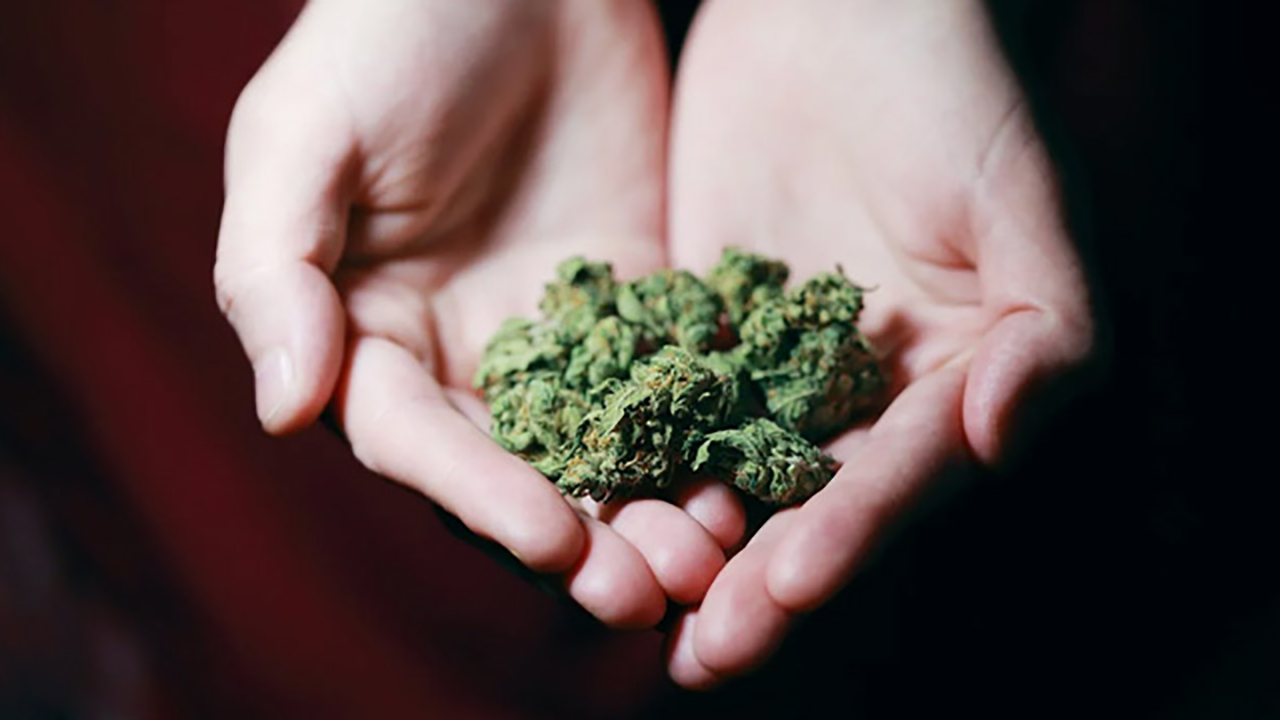
Growing conditions
Growing conditions play a critical role in the number of buds on a cannabis plant. Even with excellent genetics, poor or inappropriate conditions can significantly reduce the quantity and quality of the harvest.
Lighting
Lighting is one of the most important factors for any cannabis plant, and this is especially important during the flowering stage. Cannabis is a light-loving plant and a lack of light can lead to poor growth and therefore fewer buds.
Plants, especially sativas, require long daylight hours for optimal growth and bud formation. This requires a minimum of 18 hours of light per day during the growing stage. During the flowering stage, the daylight hours should be reduced to 12 hours, which helps the plant move into the flowering phase and actively form buds.
For those who grow cannabis indoors, it is important to consider the type of lighting that is used. High Pressure Sodium (HPS) or Light Emitting Diode (LED) bulbs are the best choice for flowering, as they provide the spectral information the plant needs. Lack of light can lead to poorly developing buds and even stunt their growth.
Temperature and humidity
Temperature conditions directly affect the growth rate of cannabis and thus the number of buds. The optimal temperature for cannabis in the vegetative phase is around 22-26°C during the day and 18-22°C at night. During flowering, temperatures can be slightly lower, but it is important to avoid sudden temperature fluctuations as this can damage the plant and reduce its yield.
Humidity is also critical, especially during the growing stage when the plants are actively growing. Typically, the humidity percentage is 60-70%. At the flowering stage, humidity is reduced to 40-50% to prevent fungus and mold on the buds. Too much humidity can cause rotting, which in turn leads to loss of buds.
Space for growth
The space in which the cannabis grows is also important to maximize the number of buds. This is especially true for sativas, which can grow very tall and require a lot of space. If the sativa is limited in space, it will not be able to expand fully, which will affect the number of side branches and therefore the number of buds.
For indica and autoflowering varieties, space may be less critical as these plants tend to be more compact. However, for all types, it is important to keep in mind that lack of air and light due to close plant arrangement can lead to reduced yields.
Ventilation
One of the most important factors for healthy cannabis growth is good ventilation. Lack of air circulation can lead to stunted growth as well as increased humidity levels, which creates conditions for fungi and mold. Ventilation systems, such as fans and hoods, will help prevent stagnant air and provide the necessary supply of fresh oxygen for the plants.
If the air in the room is too stale, it can slow down photosynthesis and metabolism in the plant, which in turn will lead to lower quality and quantity of buds. Good air circulation also helps plants maintain the correct temperature and humidity.
Plant care and growing techniques
An important aspect is regular care of the plant, which includes feeding, watering, pruning and other manipulations that stimulate the formation of more buds. For example, regular trimming and pinching of the tops will help the plant to direct its forces to the development of lateral branches, which leads to the formation of additional cones.
It's also worth noting that proper watering plays an important role in keeping the plant healthy. Under- or over-watering can stress the plant and, as a result, reduce the quantity and quality of the crop. Experienced growers recommend watering the moment the top layer of soil begins to dry out, avoiding both over-watering and over-drying.
In addition, using fertilizer at the right time also makes a difference. It is important to provide plants with enough nitrogen at the beginning of the growing season, and phosphorus and potassium during flowering to stimulate bud development. Lack of the right elements can lead to nutrient deficiencies and weaken the plant, affecting its ability to form buds.
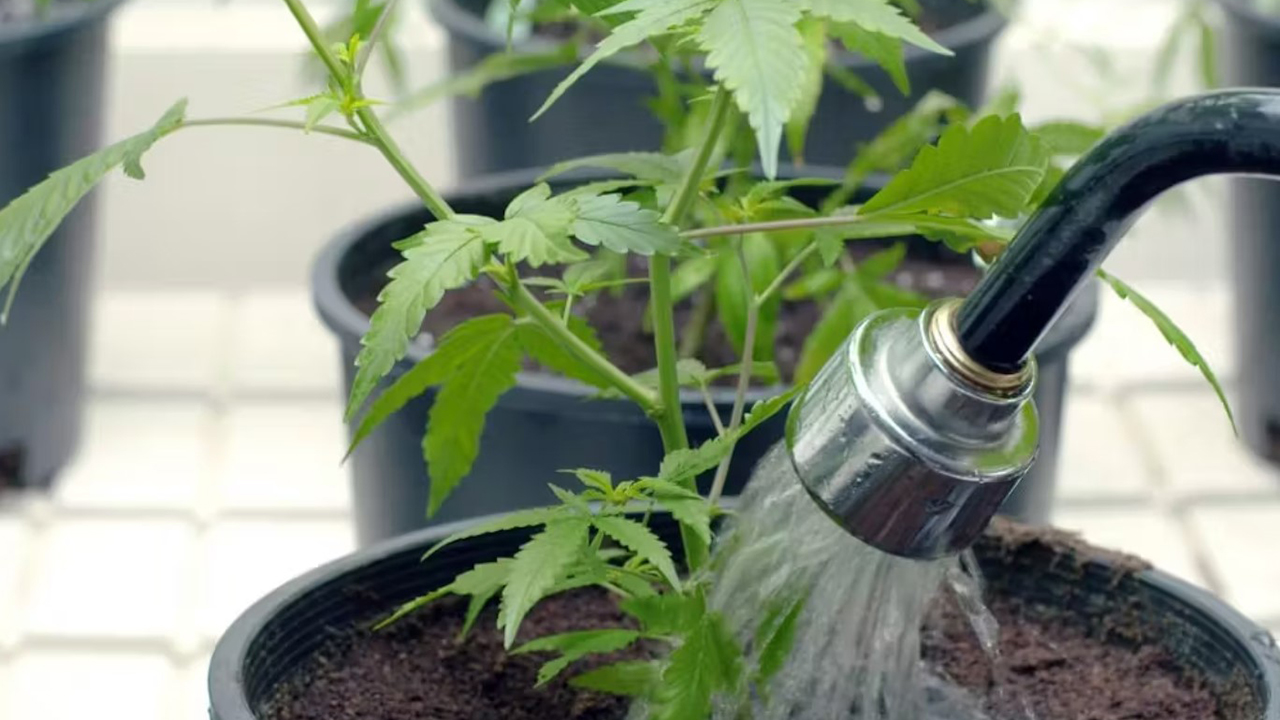
Warning! Errors Seeds does not encourage you to grow cannabis and does not promote it in any way. Cultivation is prohibited by the legislation of Ukraine. The article is of scientific and introductory interest only.
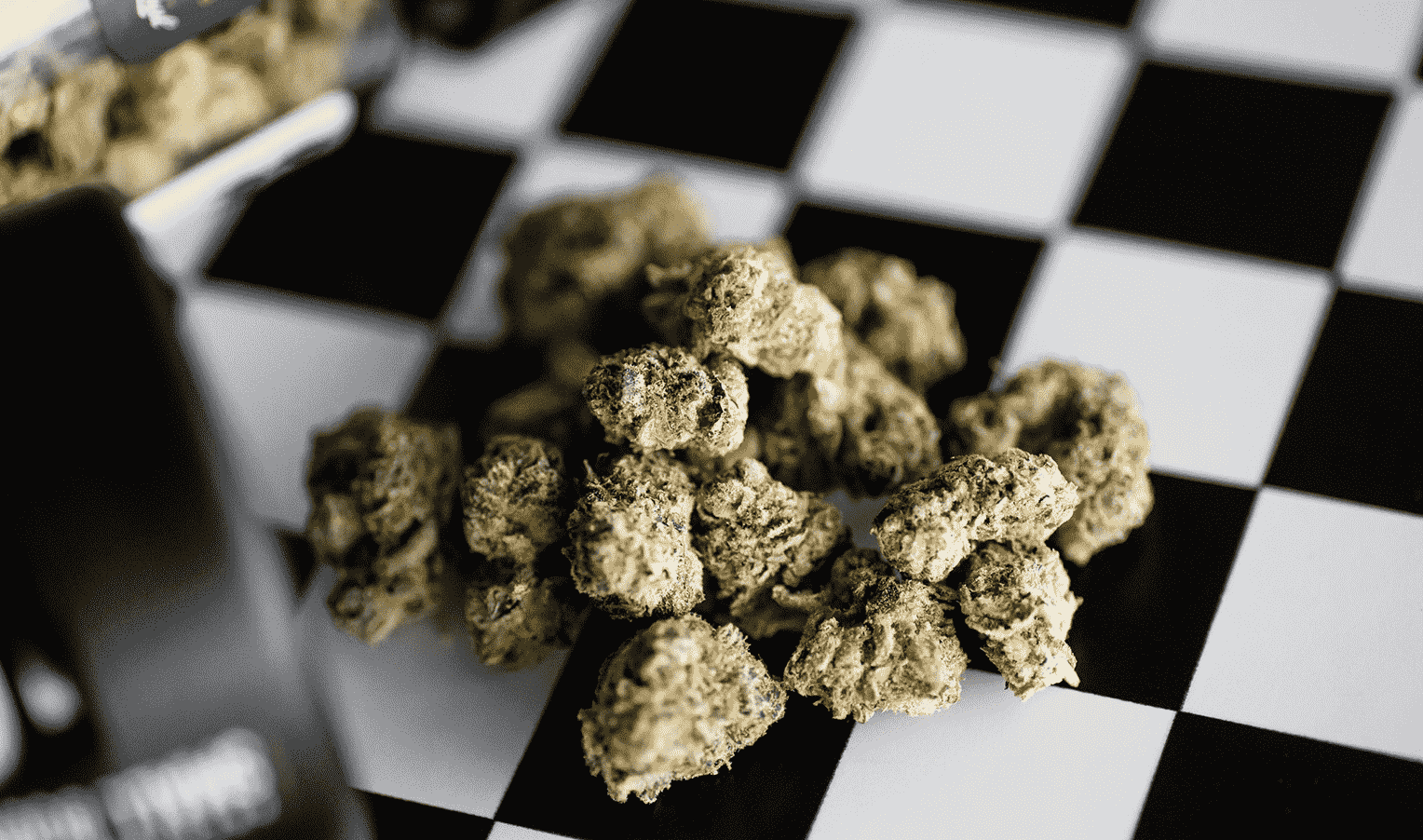
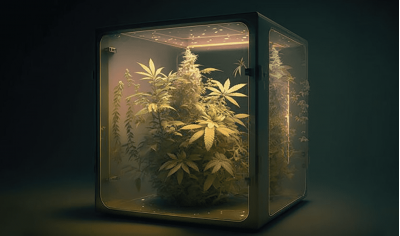
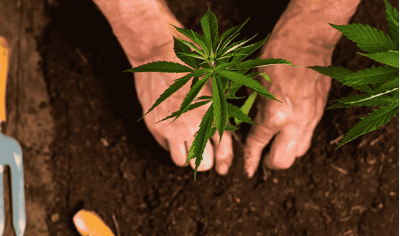
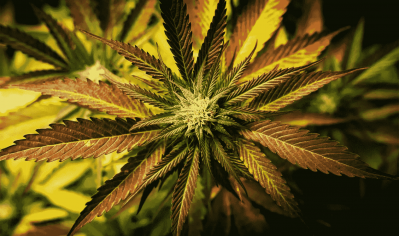
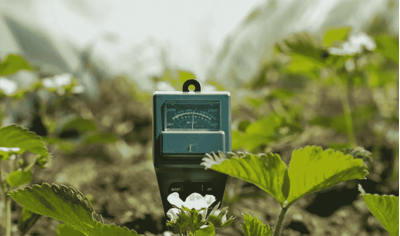
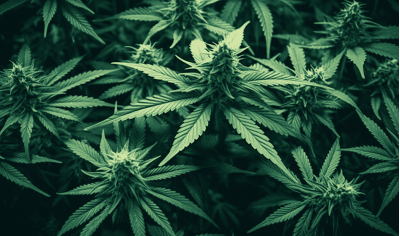
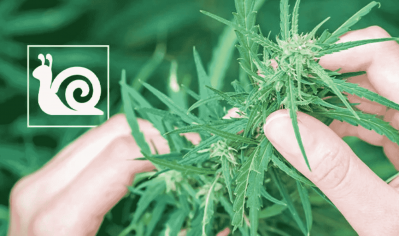
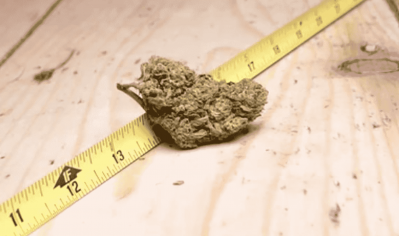
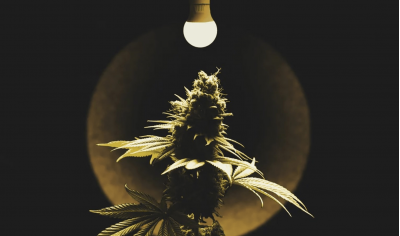
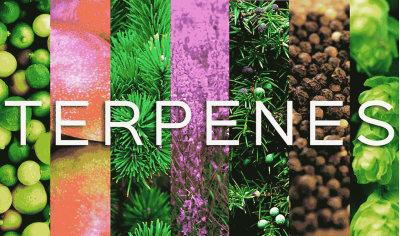
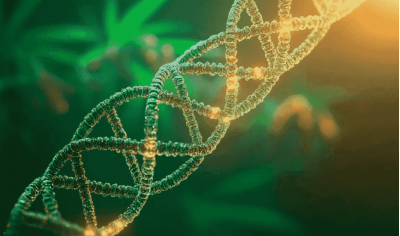
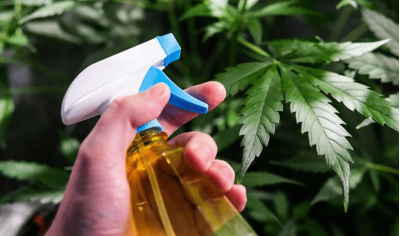
Write a comment